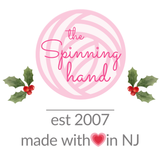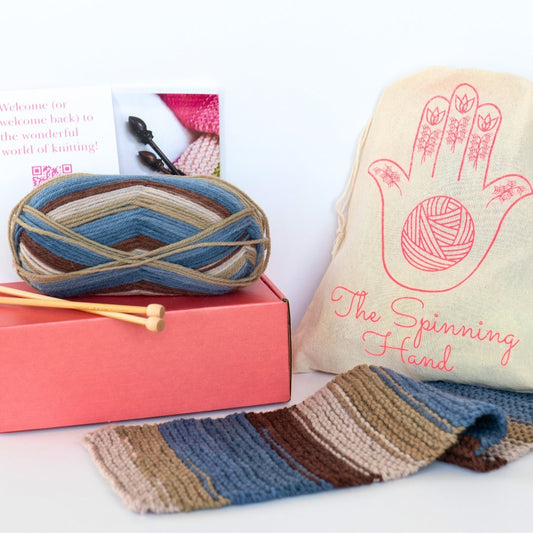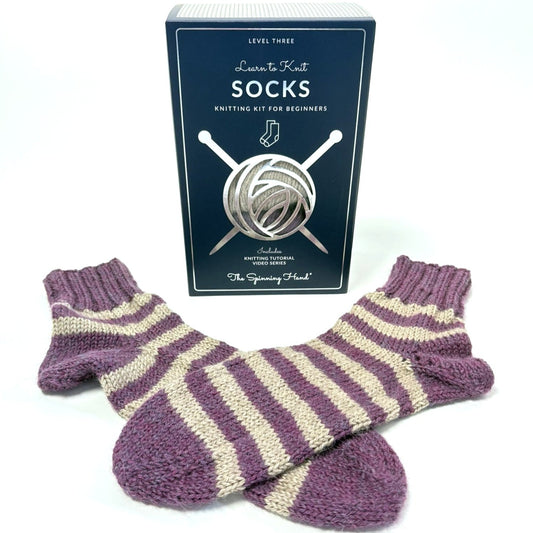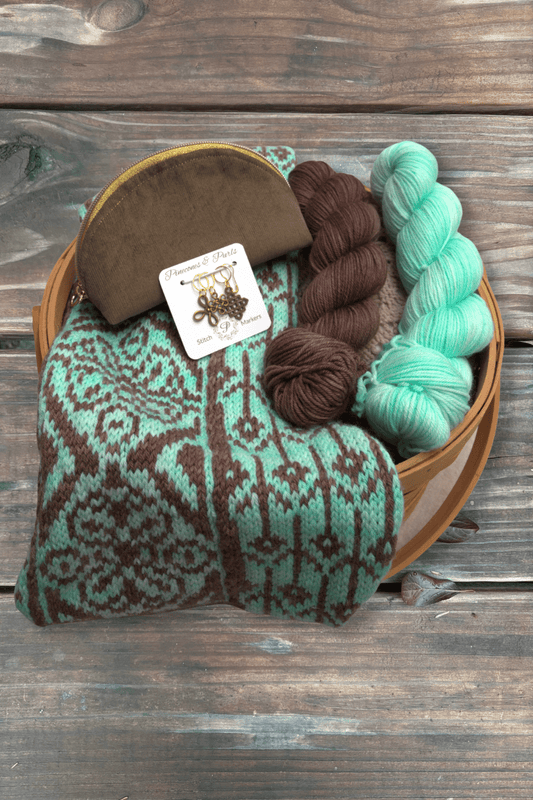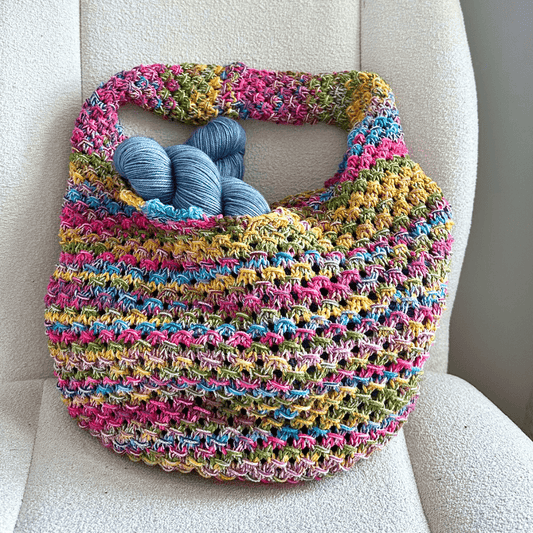By Michael Capone
Starting in the late 1960s, the fiber arts, including weaving, knitting, and crochet, have made their way into modern art museums, with pieces in both 2D and 3D.
The fiber arts have paved one way for historically underrepresented voices to enter the contemporary art scene. There’s an inherent juxtaposition between the method of production, traditionally seen as a craft to be completed by women to produce functional items, and the concept of the work, in which visitors experience an emotional response to the art.

Let’s talk about the elephant in the room. There has been some pushback to fiber arts’ inclusion alongside other contemporary masterpieces in a museum. Not unlike a common reaction to Marcel Duchamp’s found art, or to works of minimalism by Donald Judd, some folks might view this work and think, “I can do that” or, “What’s the point? It’s just a pile of rope, or some string hanging on a wall.”
One point that they’re missing is that inspiration and beauty can strike from the humblest of materials. We know this already, creating pieces that are worn by loved ones, that each stitch represents an act of love - there’s meaning behind each moment that we spend creating. Artists such as Magdalena Abakanowicz and Agata Oleksiak (more popularly known as Olek) have helped and are helping to move these media forward into a space equally deserving of our respect and consideration as other forms of art.

Art is a state of being. You are born with the capacity to integrate your energy into objects - to create objects that never existed before. They can enlarge the knowledge of men about his planet, about his environment, about his problems.
-Magdalena Abakanowicz
Magdalena Abakanowicz
is perhaps primarily known for her enormous three-dimensional fiber structures, called Abakans, which tower over the viewer. Originally, they were conceived as a kind of immersive piece - you would have been able to walk inside and among the fabric, as if you were entering a cocoon or tent. I definitely recommend checking out this overview of an installation at the Tate Museum in London to get a sense of who Abakanowicz was as an artist, and also the scale of these Abakans - they’re huge!
The overview beautifully discusses the contradiction between the function of textile and the opportunity it provides to express absolute ideas, energy, and emotion.
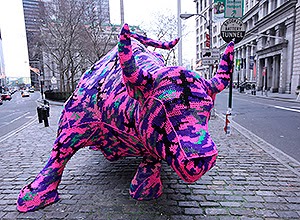
Art and life are inseparable.
- Olek
Olek
You may have seen Olek’s work in the form of a crocheted cover for a bicycle, a car, or even an entire apartment (including the residents). Often their works take on messages supporting the environment, womens’ rights, and freedom of expression.
In 2016, a giant crocheted front page of the New York Times covered the facade of the Virginia Museum of Contemporary Art, proclaiming a positive ecological change four years into the future. (Not sure this was prescient enough, unfortunately…)
They decked out the Bull of Wall Street, itself a piece of guerilla art, with a cozy, fluorescent pink, purple, and aqua cover as a holiday celebration. There’s that contradiction again - a cold, metallic reminder of the strength of the financial district, cozying up in a gorgeous and flamboyant crocheted coat.
Even though these were both installed without the proper permitting, only one was removed.
References
https://www.artsy.net/article/artsy-editorial-artists-knitting-place-art-history
https://www.glamour.com/story/meet-the-creators-reinventing-the-art-of-knitting
https://www.sofst.org/inspiring-knit-artists-you-have-to-follow/
https://www.moderndailyknitting.com/community/knitters-daytrip-every-tangle/
